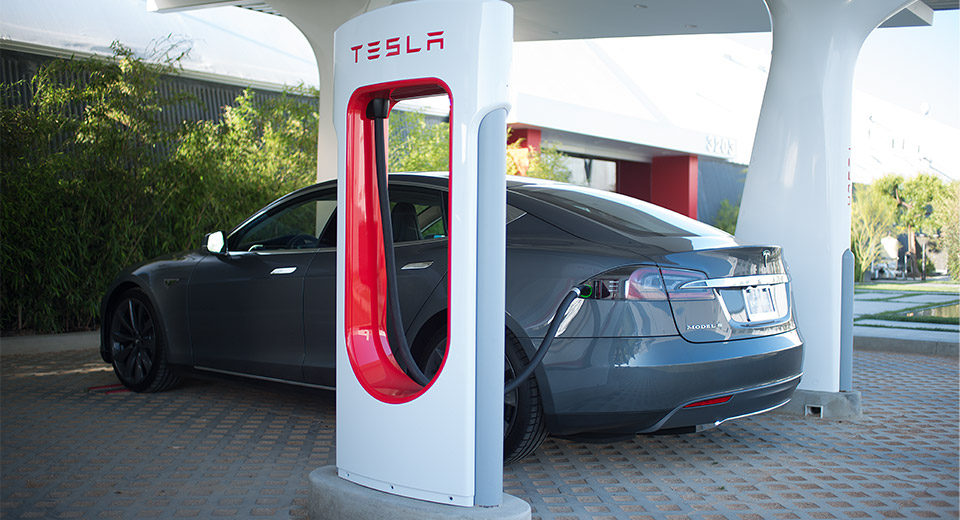Tesla: a journey from luxury to mass market
25 November 2015
Withpr Content Team
With belief in your ideas and an ability to stir strong emotions amongst consumers, brands like the electric vehicle firm Tesla highlight the ultimate lesson in taking your audience on a journey so that your offering can disrupt in the right way – even if it takes some time to get there. Tesla has shown how this is possible without a high advertising spend, but rather, having the conviction in your vision to revolutionise an industry and start a mass movement.
An emotional connection
Tesla became famous for founder Elon Musk’s vision of “accelerating the advent of sustainable transport”, but at £80,000 a pop it felt like green transport, Musk-style, could only be the domain of the upper classes. Yet the brand’s harmonious mixture of an environmental consciousness and commercial strategy, integrated with Musk’s Steve Jobs-esque ever present persona driving all of Tesla’s public communications, meant that by 2014, the Tesla Model S was the best-selling large luxury car in the United States, outselling the Porsche Panamera, BMW 6 series and Jaguar XJ. In Norway, it was the bestselling car outright.
Tesla’s ability to attract a wider audience can be attributed to how it has marketed itself, without marketing. The uniqueness of Tesla’s products and its ability to create an emotional connection is just the start – the brand has relied heavily on word of mouth, internet buzz and founder Elon Musk’s media appearances to generate publicity.
But despite the popularity, the perception has prevailed that Tesla is an elitist brand – an accessory for the rich and famous.
A founder’s vision
Musk’s reputation precedes him – he is co-founder of the payments sector disruptor PayPal, and chairman of space tourism disruptor SpaceX. With Tesla, he did not set out to develop a slightly better or cheaper car than those already in the market. Instead, he decided to make a superior car – and that’s where the journey began.

Not satisfied with taking an existing idea and modifying it to create a newer version, Musk went one step further and created something new – the Tesla Roadster: a sports car that is one hundred per cent electric. This bold and brave decision to create something out of nothing offers no concessions – but ultimately something that was going above the average consumer’s budget no matter what.
Musk stuck to his guns and recognised that the foundation steps of his, his product’s and his audience’s journey lay in initially selling to a wealthy audience. However, as the brand gained popularity among this select group, Tesla re-invested the revenues into the R&D of newer models to perfect the technology.
This allowed him to gradually buy phentermine uk paypal open up production in the US, which reduced the price of the cars and made it more accessible, moving towards fulfilling Musk’s vision of making sustainable transport a reality for the public. This strategy is, perhaps, best illustrated by Musk himself: “When someone buys the Tesla Roadster sports car, they are actually helping pay for development of the low cost family car.”
It didn’t happen overnight, but this was the perfect build up to the moment in September when Musk finally, famously Tweeted that his mass market sedan would be launching in 2017, at a more palatable price point of around £23,000.
Continuing the journey
Despite the company’s success in reducing the costs of its cars and making them more affordable, £23,000 is still out of reach for many, so the concept of green consumerism will remain attached to accusations of elitism for some time to come. That hasn’t deterred Musk, and he has sought to continue to realise his vision and attract buy-in from the public, whether they can afford the car or not, by making a decision to open-source the technology behind the cars.
This unorthodox approach has been seen as a way of fostering progress and participation in the electric automotive industry, and facilitating the expansion of the Supercharger stations network, through which Tesla owners can recharge their cars. This move has been pivotal in cementing Tesla’s position as not just a brand, but a movement, and even if you don’t own one of their cars, you can own part of the vision.

The brand’s aim of reaching a mass audience has also been furthered by the increasingly popular trend of governments supporting electric cars. Across the world, consumers are encouraged to move away from traditional car models through a series of incentives, such as the use of bus lanes, free parking and exception from toll roads. So while zero-emission high-end cars involve a high upfront cost, the pay offs all round are now starting to add up and the public are taking notice.
Perhaps soon we will see an intersection of increased infrastructure and government support and further development and cost reduction in the vehicles themselves. Withpr’s own MD has recently invested in an electric car and the company has joined the Zero Emissions Network, which among many things, is fighting to improve London’s air quality.
This is a near future, which arguably would not have happened without Musk setting out on his original journey, to create the best sustainable vehicle possible, regardless of the cost.
With thanks to Holly Peters, Director at Eden EV Tesla Rental
Images sourced from: Forbes.com, ted.com, Gas2.com

 Previous post
Previous post
